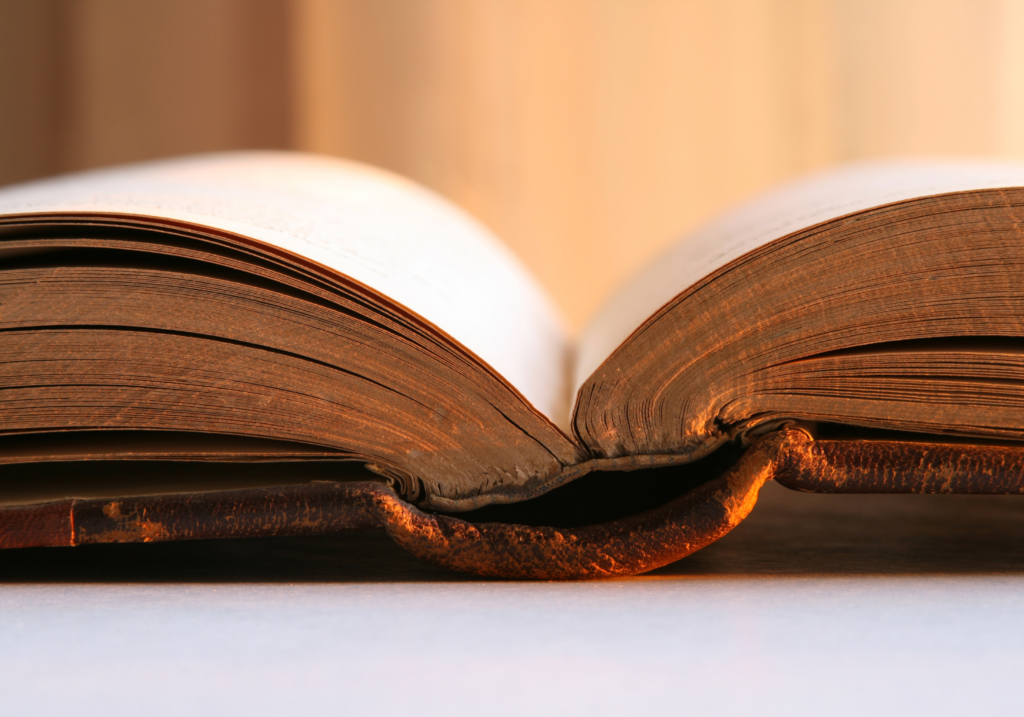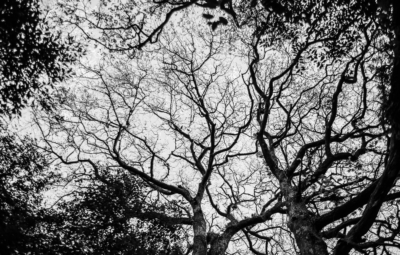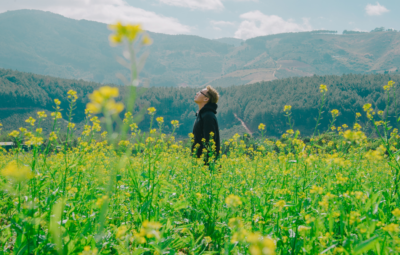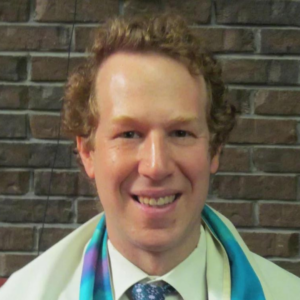
Rabbi Alex Lazarus-Klein
Spiritual Leader of Congregation Shir Shalom outside of Buffalo, N.Y.
My friend Neysa Nevins once described the process of chet and teshuvah, or sin and repentance, as something akin to the dance of protons and neutrons within the structure of the atom. These infinitesimal particles move together for brief moments before separating along their own trajectory. As a medical researcher, she was used to looking at the world through a microscopic lens.
My “Biblical Year” teacher at the Reconstructionist Rabbinical College, Tamar Kamionkowski, Ph.D., compared the same process to dirt that would hover over our ancestral community, alienating God from its midst. The sacrifices some would make for the sake of taharah, or purity, was similar to our rituals today of vacuuming and dusting our homes to keep them clean.

Traditional commentators, on the other hand, speak about these fundamental Jewish concepts using the metaphor of archery — sin being the arrow that has missed the intended mark. Repentance in this way becomes about reloading the arrows and aiming at the target all over again.
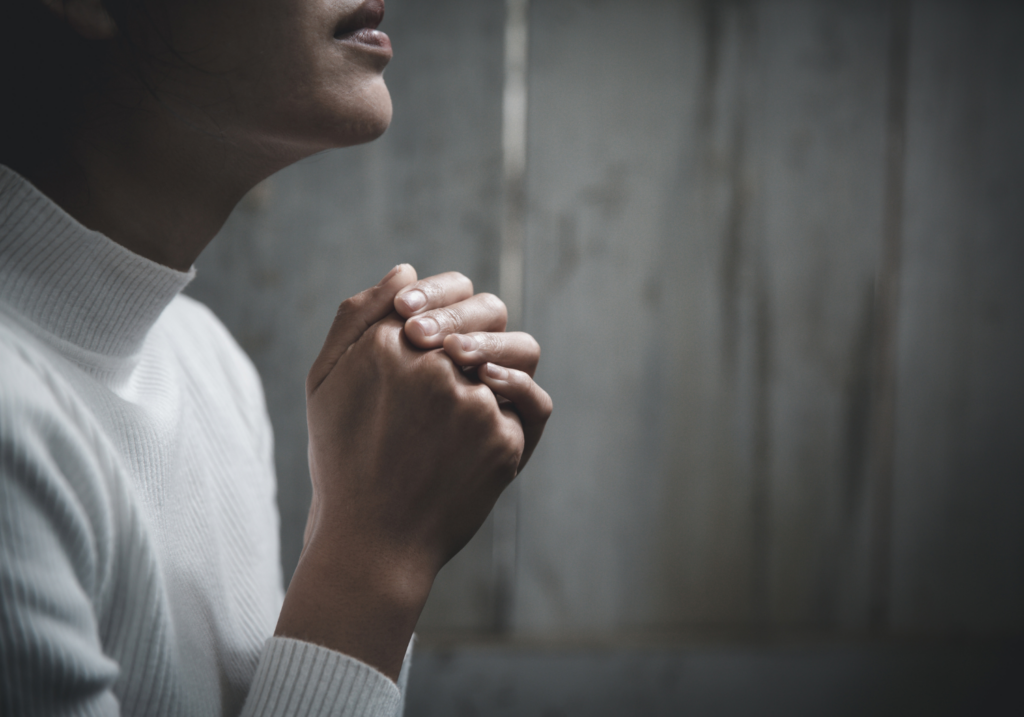
For many of us in the Reconstructionist community, chet and teshuvah — sin and repentance — are challenging ideas. Imagining a deity that monitors our sins is not one we can relate easily toward. This is the God of “fire and brimstone” that makes checkmarks on our proverbial Books of Life every year, determining who will be rewarded with Heaven and who will be sent to eternal damnation.
On Yom Kippur, we must confront this fundamental tension between the way Jews have traditionally viewed God and the world, and the way we see God, or not see God, today. In this way, it can be the most difficult of the holidays to “Reconstruct.” Mordecai Kaplan himself said that sin is indicative of “a disturbance in the relation between humanity and God” (The Meaning of God in Modern Jewish Religion (MOG), p. 165).
The idea of sin/chet being a signal of a broken relationship between us and God and us and one another is perhaps a little more palatable to our contemporary ears. Our Day of Atonement thus becomes an opportunity to heal the bonds we have with one another through honest communication and overdue apologies. A community is made up of countless voices that occasionally are in conflict with one another. In order to maintain our shared bonds, we need time to truly sit with one another, authentically, without carrying the baggage of old slights and perceived wrongs.
On Yom Kippur, we must confront this fundamental tension between the way Jews have traditionally viewed God and the world, and the way we see God, or not see God, today. In this way, it can be the most difficult of the holidays to “Reconstruct.”
Reconstructionism teaches us, whenever possible, not to throw out the language of our past, but instead to reinterpret it to create new meaning for our lives today. This is more than just about adding new Hebrew idioms or retranslating old idioms in new ways. It is about finding a new language altogether to help us better make sense of the world around us.
When Neysa shared her words several decades ago at Dorshei Derekh, the Reconstructionist community within the walls of Germantown Jewish Centre in the Mount Airy section of Philadelphia, she helped open up new possibilities for me about how we can reimagine our relationship with God and with Judaism. There are countless metaphors in countless disciplines that might transform the way we see our holidays and traditions.
I always wanted to create a book where individuals from different fields of study could give their own gloss on how they see God. We would have the astronomer, the health-care worker, the early-childhood educator, the architect all use their particular lens to explode our old metaphors and create new ones. Each of their ideas would no doubt be different and unique.
This Yom Kippur, I invite you to escape the confines of the way “we have always” seen the holiday. Ask yourself what makes the most sense to you about all the many concepts we confront on this most auspicious day. Find language that best works for you, and in that way, you will in the words of Rav Abraham Isaac Kook, the first chief rabbi of Israel, “make the old new, and the new holy.” May it be so.
